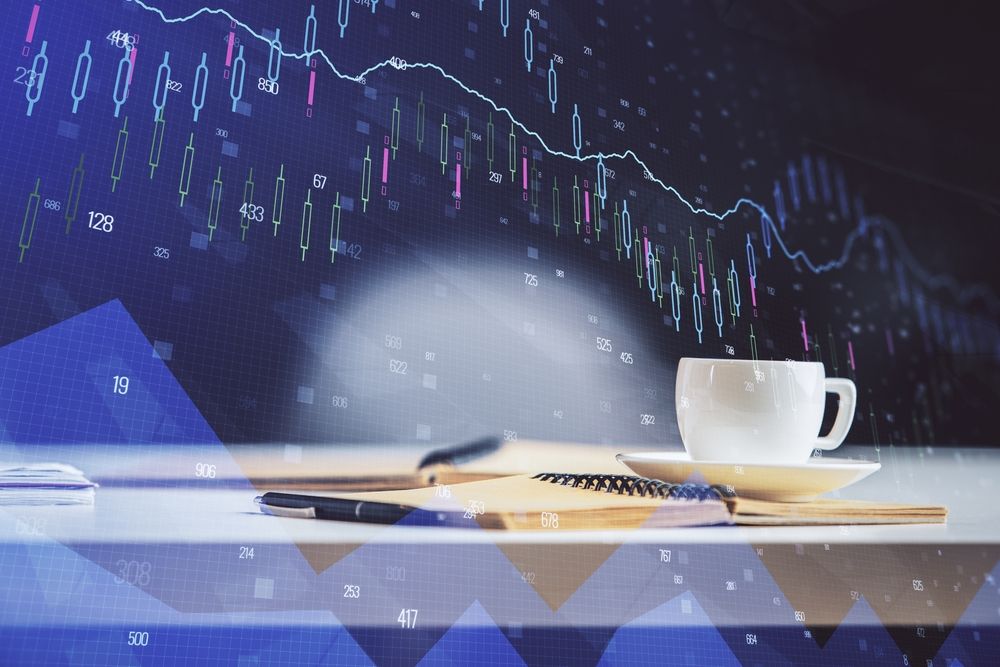
The investment landscape is as diverse as it is vast, with opportunities that go far beyond stocks, bonds, and mutual funds. In recent years, alternative assets like art, wine, and memorabilia have caught the eye of savvy investors looking for portfolio diversification and potentially high returns. Collectibles offer a unique blend of passion and profit, often driven by the investor’s personal interest in the asset class. In this article, we’ll explore the intriguing world of investing in collectibles, discussing the nuances of art, wine, and memorabilia, and why they may be a valuable addition to your investment strategy.
The Fine Art of Investing in Masterpieces
Investing in art is perhaps one of the most glamorous and high-profile areas of collectibles. The art market is known for its prestigious auctions and record-breaking sales. But what does it take to invest in art successfully? The first step is education. Understanding the art world, the movements, artists, and the historical context of pieces is crucial. Investors should also be aware of the market demand and how it fluctuates with trends and economic climates.
One key consideration is the uniqueness and rarity of the artwork. Original pieces by well-known artists or works that represent a pivotal moment in art history tend to appreciate in value over time. Emerging artists with a growing reputation can also be a good investment, but they carry more risk. The condition of the artwork is another critical factor, as restoration can be costly and can sometimes affect the piece’s value.
When investing in art, it’s important to think long-term. Art investments generally take longer to mature compared to traditional assets. However, they can provide substantial returns and offer a hedge against inflation. Moreover, art can be enjoyed aesthetically while it appreciates, adding a tangible, emotional value that isn’t found in stocks or bonds.
The Vintage Appeal of Wine Investing
Fine wine has been a symbol of luxury and sophistication for centuries, and it’s also becoming a popular alternative investment. Wine investing can yield impressive returns, but like art, it requires knowledge and patience. The value of wine is influenced by the reputation of the vineyard, the rarity of the vintage, and the overall quality and production levels.
Wine investors typically focus on wines that are known to age well and that come from reputable regions such as Bordeaux, Burgundy, and Napa Valley. Storage is a crucial aspect of wine investing; wine must be kept in optimal conditions to maintain and enhance its quality over time. This usually means controlled temperature, humidity, and light levels, often in professional storage facilities.
The wine market is also less volatile than financial markets, providing stability during economic downturns. However, it’s not without risks. Wine can spoil, labels can be damaged, and market tastes can shift. To mitigate these risks, investors often diversify their wine holdings and keep a pulse on consumer trends and critics’ ratings.
Memorabilia: Nostalgia Meets Investment
Memorabilia investing taps into the nostalgia and personal connections people have with sports, movies, music, and historical events. Items like signed sports jerseys, rare comic books, vintage toys, and autographed guitars can skyrocket in value over time. The key is to identify items that have a lasting cultural impact and a dedicated fan base.
Condition is everything in memorabilia. Items in mint condition, preferably with authentication and provenance, are more likely to appreciate. Limited editions or items with a direct link to significant events or personalities also tend to be more valuable. The emotional connection can drive prices up, but it can also lead to volatile markets, especially if the popularity of a particular genre or figure wanes.
Investors should be wary of fakes and forgeries, which are rampant in the memorabilia market. It’s essential to work with reputable dealers, auction houses, and authentication services. As with art and wine, diversification within the memorabilia portfolio can help spread risk and increase the chances of landing on a highly sought-after piece.
Balancing Passion with Practicality
Investing in collectibles should be a balance of passion and practicality. While it’s important to be knowledgeable and enthusiastic about the items you’re investing in, it’s equally crucial to approach these investments with a strategic mindset. Consider the long-term potential, market trends, and how the collectible fits within your overall investment strategy.
An advantage of collectibles is that they can be less correlated with traditional financial markets, providing diversification benefits. However, they can also be illiquid, meaning it may take time to find a buyer when you decide to sell. Investors should be prepared for a longer investment horizon and the possibility of holding onto their assets even if the market dips.
Always Do Your Due Diligence
Before diving into collectible investments, conducting thorough research is paramount. This includes understanding the historical performance of the asset class, the current market conditions, and the future growth potential. For art, this might mean studying auction results and talking to gallery owners. For wine, it could involve sampling different vintages and visiting vineyards. For memorabilia, attending conventions and networking with other collectors could be beneficial.
Professional appraisals and consultations with experts in the field can also provide valuable insights. It’s also wise to keep an eye on global economic factors that can influence the value of collectibles, such as currency fluctuations, trade policies, and consumer spending patterns.
Investing in collectibles like art, wine, and memorabilia can be a rewarding venture that adds a touch of excitement to your portfolio. These alternative assets provide the opportunity to combine personal passion with financial growth. However, as with any investment, they require research, expertise, and a strategic approach. Whether you’re a seasoned collector or a newcomer to the world of collectibles, understanding the market, staying informed, and proceeding with caution can help turn your collectible investments into profitable and enjoyable assets.
